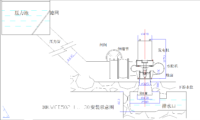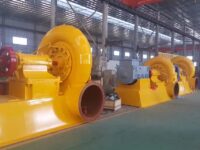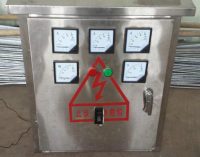Misconceptions – Myths about Micro hydro power
Small streams do not provide enough force to generate power
The Truth: Energy output is dependent on two major factors: the stream flow (how much water runs through the system) and drop (or head), which is the vertical distance the water will fall through the water turbine.
A large water reservoir is required
The Truth: Most small-scale hydro systems require very little or no reservoir in order to power the turbines. These systems are commonly known as ‘run-of-river’, meaning the water will run straight through the generator and back into the stream. This has a minimal environmental impact on the local ecosystem.
Micro Hydro generators will damage the local ecosystem
The Truth: Careful design is required to ensure the system has a minimal impact on the local ecology. A small amount of energy compromise may result, but this will ensure that the project does not have an effect on local fish stocks. The Environment Agency requires that stream levels must be maintained at a certain level in order to sustain the life within. Since there is no loss of water in the generation process, these requirements can easily be met.
Micro hydro electricity is unreliable
The Truth: Technology advances (such as maintenance-free water intake equipment and solid-state electrical equipment) ensure that these systems are often more reliable in remote areas. Often these systems are more dependable than the local power main.
The electricity generated is low quality
The Truth: If the latest electronic control equipment, inverters and alternators are used, the resultant power supply has the potential to be of higher quality the main electrical power grid.
Hydro power is free
The Truth: Micro power development can be cost-intensive to build and maintain. There are some fixed maintenance costs. These costs vary according to site location and material requirements.


